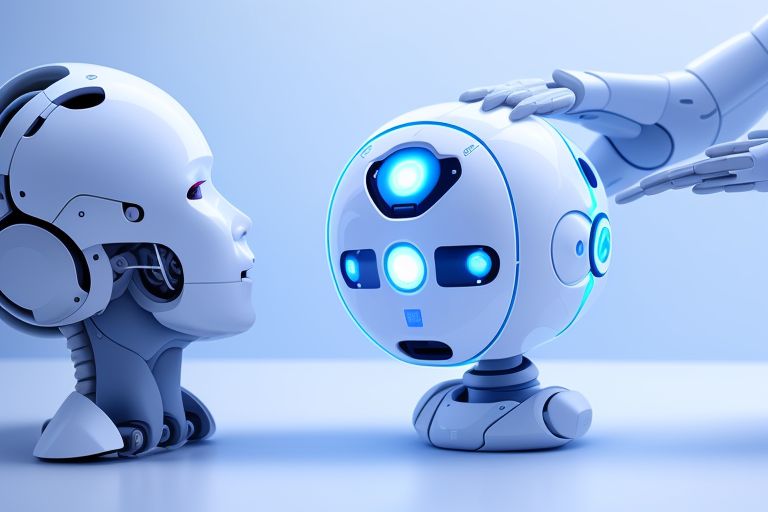According to research released on Friday by a team of scientists who claimed that the project was the first of its kind, artificial intelligence models can now build smaller AI systems without the assistance of a human.
A collaboration between Aizip Inc. and scientists at the Massachusetts Institute of Technology and several University of California campuses demonstrated that larger AI models, such as the ones that drive ChatGPT, can essentially create smaller, more specific AI applications that can be used in daily life. These specialised models may be used to track endangered species, monitor oil pipelines, and enhance hearing aids.
As of right now, we are building the smaller models using the larger models, much like a bigger brother supporting his smaller brother’s development. As per Yan Sun, CEO of Aizip, an AI tech company, that’s the first step towards a bigger job of self-evolving AI. This is the first action that demonstrates how AI models can be used to create other AI models.
Sun was echoed by researcher Yubei Chen.
Chen, a professor at U.C. Davis and co-founder of Aizip, said that their surprising discovery is that you can essentially use the largest model to help you automatically design the smaller ones. They therefore think that in the future, both of these—the large and the small—will work together to create a whole ecosystem of intelligence.
According to Yubei Chen, one of the researchers, models that can be created using AI include those that can track wild animals using satellite and ground-based sensor data, identify human voices among background noise, and monitor pipeline data to proactively prevent integrity issues.
According to him, their technology is revolutionary since it has never before been used to create a completely automated pipeline. It is capable of creating an AI model without the need for human assistance.
Chen added that they have just this month shown the first proof of concept that allows one kind of model to be automatically designed from data generation to model deployment and testing without the need for human intervention.
One device that Sun and Chen displayed was housed in a chip no bigger than a dime and is a human activity tracker that employs AI to collect and analyse motion data.
One example of tiny machine learning—small artificial intelligence systems that can be used in small spaces or devices—is that sensor. According to Sun, the idea of pervasive AI—which holds that almost any object could become intelligent—depends on tiny machine learning capabilities.
They are at the two ends of the intelligence spectrum if they consider ChatGPT and tiny machine learning. Chen said, the big models are stored in the cloud. They are, however, creating the tiniest models. They live inside objects.
The study suggests that artificial intelligence may be incorporated into a variety of home appliances in the future, including TVs, ovens, dishwashers, coffee makers, and more.








